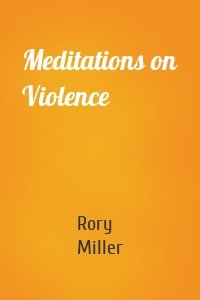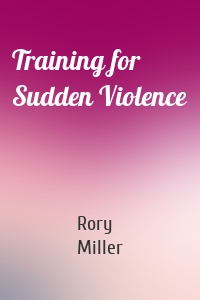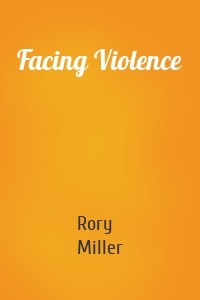Rory Miller
4 кн.
Meditations on Violence
A Comparison of Martial Arts Training and Real-World Violence. Experienced martial artist and veteran correction officer Sgt. Rory Miller distills what he has learned from jailhouse brawls, tactical operations and ambushes to explore the differences between martial arts and the subject martial arts were designed to deal with: Violence. Sgt. Miller introduces the myths, metaphors and expectations that most martial artists have about what they will ultimately learn in their dojo. This is then...
| Автор | Rory Miller |
Scaling Force
Use too much force and you are going to jail. Use too little force and you're in for a world of hurt. Conflict and violence cover a broad range of behaviors, from intimidation to murder, and they require an equally broad range of responses. A kind word will not resolve all situations, nor will wristlocks, punches or even a gun. In Scaling Force the authors introduce you to the full range of options, from skillfully doing nothing to applying deadly force. They realistically guide you...
| Автор | Rory Miller |
Training for Sudden Violence
The speed and brutality of a predatory attack can shock even an experienced martial artist. The sudden chaos, the cascade of stress hormones―you feel as though time slows down. In reality, the assault is over in an instant. How does anyone prepare for that? As a former corrections sergeant and tactical team leader, Rory Miller is a proven survivor. He instructs police and corrections professionals who, in many cases, receive only eight hours of defensive tactics training each year. They need...
| Автор | Rory Miller |
Facing Violence
Survival Favors the Prepared Mind —Robert Crowley This book stands alone as an introduction to the context of self-defense. There are seven elements that must be addressed to bring self-defense training to something approaching ‘complete.’ Any training that dismisses any of these areas leaves you vulnerable. 1. Legal and ethical implications. A student learning self-defense must learn force law. Otherwise it is possible to train to go to prison. Side by side with the legal rules, every student...
| Автор | Rory Miller |





